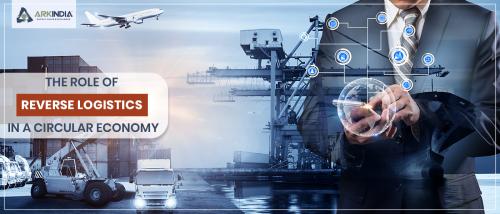
Reverse logistics refer to circling back products from the consumer back to the merchant. It is done to complete the cycle of a product for capturing value or properly disposing of them. The supply chain process deals with collecting goods from different consumer locations and then gathering the goods at one location. From there, the products are then transported to the manufacturers or other facilities for disposal, refurbishing, reuse, or recycled.
For something that might seem as simple, the role of reverse logistics is quite huge in a circular economy. It maintains the product's life cycle while also keeping in mind the environment. The latest big relevance of reverse logistics is to improve customer satisfaction by allowing easy returns of damaged or undesired products. This value-added service has certain advantages and functions in the overall supply chain. Let's review some of them.
Waste Minimalization
When it comes to environmental factors, reducing waste is an absolutely necessary step that big corporations should be responsible for. Setting up an efficient reverse logistics chain is something that helps with that. In the current age of information, everybody knows the purpose of waste reduction, and everyone is willing to participate. By letting go of undesirable goods like gadgets and giving them back to manufacturers to scrap for parts, citizens do their part in waste reduction.
User Involvement
As mentioned in the point above, customers are more than willing to be proactively involved in the process of recycling. But if you want good returns, you could incentivize with a scheme for cheaper updated products. For example, if you return the old phone model back to the company, you can get the latest model for much more affordable. This way, the customer receives an upgrade for his phone, and you get to scrap the old phone for parts and reduce wastage.
Establishing the Bigger Picture
Reverse logistics can be used very efficiently to grow your business. A good business plan would include manufacturing products with parts that can be recycled or refurbished into mint condition with ease. That way, when you employ the points mentioned above of incentivized returns from customers, you can actually make the reverse logistic chain profitable for your business.
Using Technology to Manage
There is a variety of technology businesses employ for their supply chain needs, including advanced robotics and AI. Using these tools, managing SKUs becomes efficient and less time taking. The same technology can be tweaked around to support reverse logistics as well. As a result, ai and robotics have been responsible for cutting down 80% of the cost of labor.
Supply chain management requirements often are better fulfilled with a 3PL partner with years of experience in the industry and professional personnel to support smooth operations. If you have any such needs, get in touch with ARK India today!.